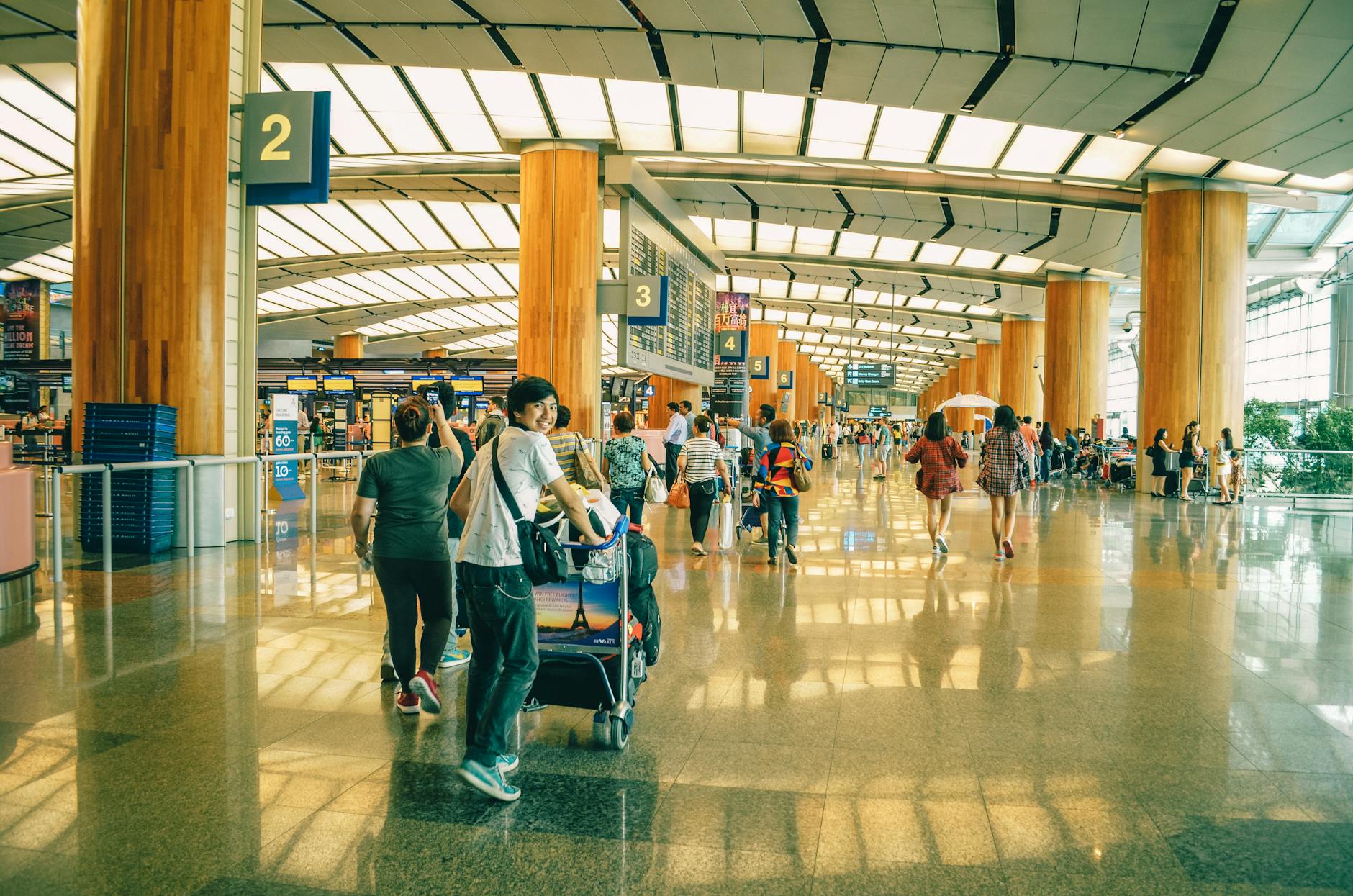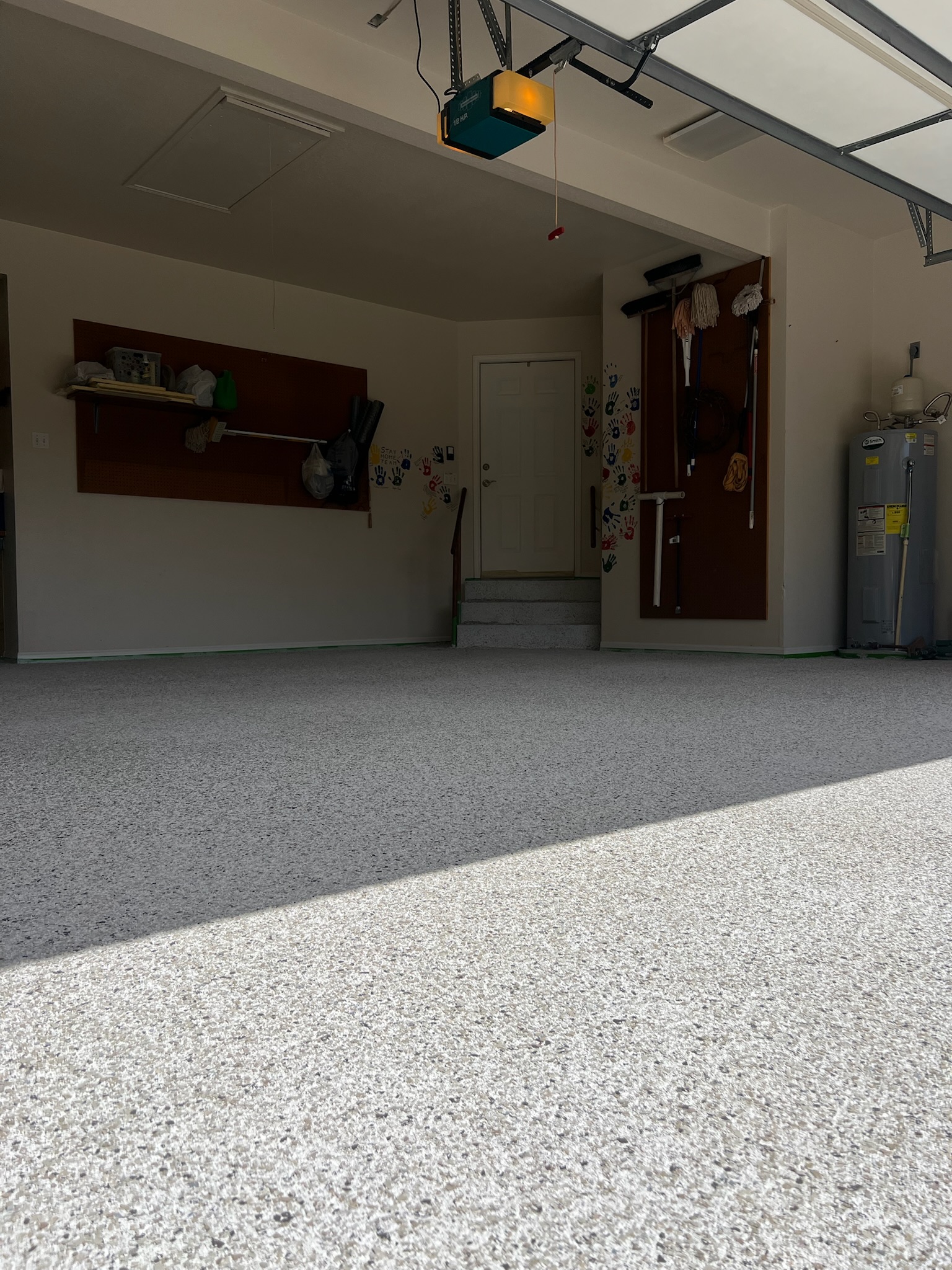Airports are among the highest-traffic environments in the world, requiring flooring that can endure millions of footsteps, rolling luggage, cleaning machines, and even minor vehicle traffic. Terrazzo has become the flooring of choice for many airports due to its durability, hygiene, design flexibility, sustainability, and long-term cost efficiency. Most terrazzo installations are carried out by skilled union workers, who undergo specialized training to ensure high-quality craftsmanship, safety compliance, and efficient coordination on large-scale projects.
Why Are Most Terrazzo Installers Union Workers?
Most terrazzo installers are members of trade unions such as the Bricklayers and Allied Craftworkers (BAC) or the Operative Plasterers’ and Cement Masons’ International Association (OPCMIA). This trend is due to several critical factors:
The Role of Unions in Terrazzo Installation
1. Highly Specialized Skillset
Terrazzo installation is a complex, labor-intensive process involving mixing, pouring, grinding, and polishing. The trade requires extensive training, typically acquired through union-led apprenticeship programs.
2. Strict Safety & Quality Standards
Union-trained workers adhere to OSHA regulations and rigorous quality standards, ensuring that airport flooring meets durability, safety, and aesthetic expectations.
3. Government & Public Contracts
Many airport projects are publicly funded and require union labor or prevailing wage workers per contractual agreements. This ensures fair wages and skilled labor for major infrastructure projects.
4. Collective Bargaining Power
Unions negotiate for higher wages, benefits, and job security, making unionized terrazzo installation an attractive and stable career choice.
5. Large-Scale Project Coordination
Airports often require large teams of workers operating on strict deadlines. Union labor ensures a qualified, well-coordinated workforce capable of completing massive projects efficiently and to a high standard.
The Benefits of Terrazzo Flooring in Airports
1. Unmatched Durability
Terrazzo is incredibly resilient, often lasting over 50 years with minimal maintenance. It resists heavy wear, impact, and moisture, making it the ideal choice for constant foot traffic and heavy equipment use.
2. Seamless & Hygienic Surface
Unlike tile, terrazzo has no grout lines where dirt, bacteria, or moisture can accumulate. This makes it easy to clean and maintain, a crucial factor in high-traffic public spaces like airports.
3. Custom Design Flexibility
Terrazzo allows for intricate logos, wayfinding paths, and large-scale artistic designs, enhancing branding and navigation within an airport. Its ability to incorporate vibrant colors and detailed patterns makes it a practical yet visually striking flooring choice.
4. Eco-Friendly & Sustainable
Many terrazzo systems incorporate recycled materials such as glass, marble chips, or porcelain, aligning with modern airport sustainability initiatives. It can also contribute to LEED (Leadership in Energy and Environmental Design) certification, making it a preferred choice for environmentally conscious projects.
5. Long-Term Cost Efficiency
While terrazzo has a high initial installation cost, its durability and low maintenance make it a cost-effective investment over time. Airports benefit from reduced repair and replacement expenses, ensuring longevity and aesthetic appeal for decades.
The Alternative: Epoxy Flake Systems as a Cost-Effective Substitute
While terrazzo is an excellent flooring solution, its labor-intensive and expensive nature has led many commercial clients to seek cost-effective alternatives. One popular option is epoxy flake flooring, which offers a terrazzo-inspired aesthetic with several advantages:
- Lower installation costs – Epoxy flake systems are about one-third of the price of terrazzo.
- Faster application – Installation takes 3–5 days compared to the several weeks required for terrazzo.
- Increased flexibility – Unlike rigid cement-based terrazzo, epoxy flake floors are less prone to cracking.
- Custom color & texture options – Businesses can achieve a terrazzo-like look while customizing the flooring to match their branding and design preferences.
Epoxy flake systems offer a practical alternative for commercial spaces that want the durability and visual appeal of terrazzo without the high cost and extended installation time.
Terrazzo remains the gold standard for airport flooring due to its durability, design versatility, and long-term value. However, for businesses seeking a more budget-friendly alternative, epoxy flake systems provide an excellent substitute. Whether prioritizing longevity or affordability, both options deliver high-performance, visually appealing flooring solutions for commercial spaces.
PLC offers both terrazzo and epoxy flake flooring solutions, ensuring clients receive the best option to meet their budget, aesthetic, and performance needs.


